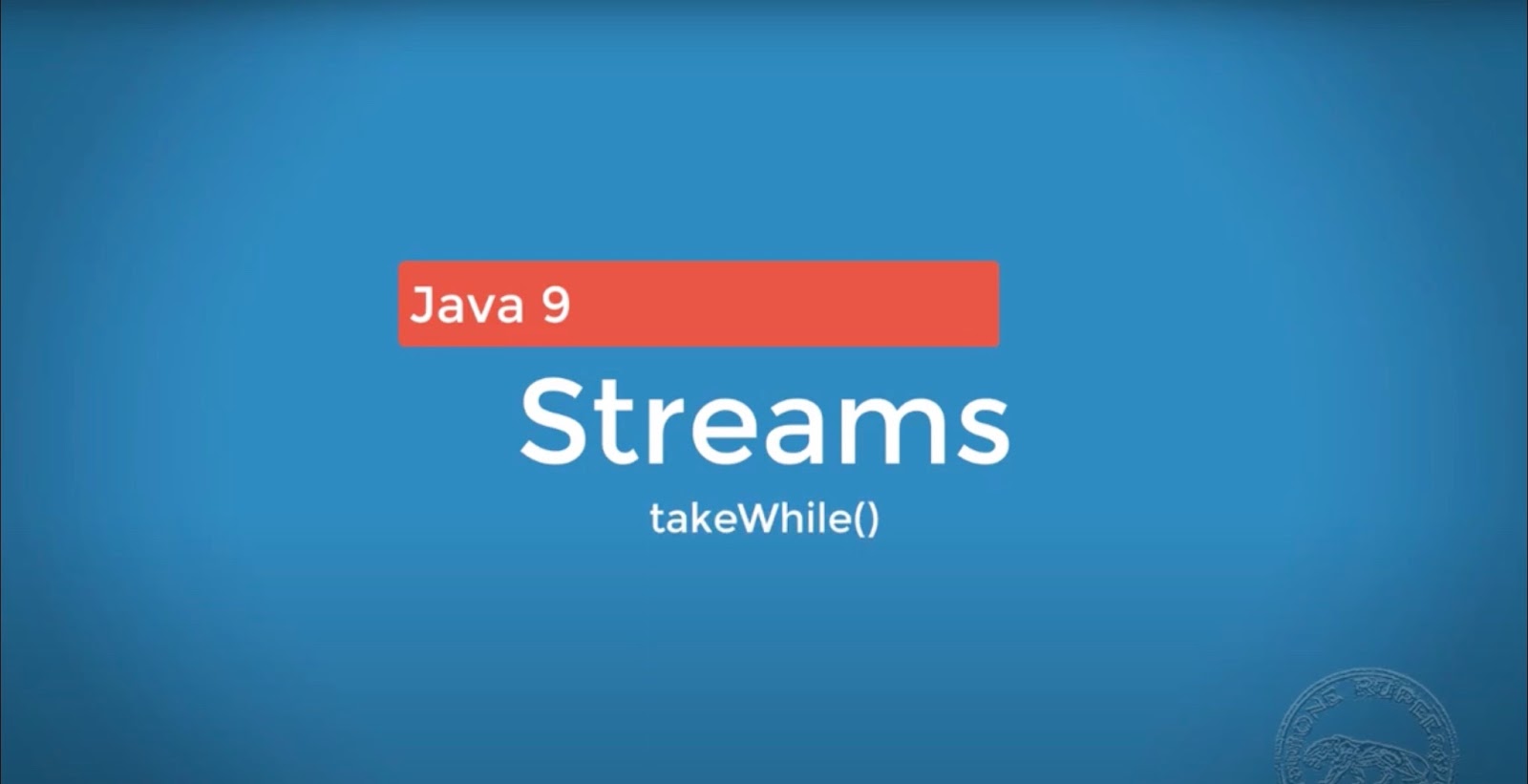
Mastering the Use of TakeWhile Function in Java Stream
Java Stream’s takeWhile() function is a method designed to evaluate elements from a stream against a given predicate. In the realm of Java programming, a predicate is nothing more than a Boolean expression capable of returning either true or false.
The takeWhile() function runs its course by comparing each element within the stream to this predicate. If the element satisfies the predicate, returning a true result, it will be collected and the function will continue to the next element in the stream. Conversely, if an element returns a false result, the takeWhile() function will immediately cease processing any more elements from that point forward. Essentially, the function continues to run until the predicate is evaluated as false, gathering all elements that have returned true up to that point.
Practical Example of Using takeWhile()
Consider this simple Java program snippet to illustrate the application of the takeWhile() function:
package com.java4coding.test;
import java.util.List;
import java.util.stream.Collectors;
import java.util.stream.Stream;
public class Test {
public static void main(String[] args) {
Test test = new Test();
test.takeWhileDemo();
}
public void takeWhileDemo() {
List<Integer> list = Stream.of(1, 2, 3, 4, 5, 6, 7, 8, 9, 10)
.takeWhile(i -> (i % 2 == 0))
.collect(Collectors.toList());
System.out.println(list);
}
}Output:
In this example, the predicate (i % 2 == 0) is evaluated against each integer from 1 to 10. The takeWhile() function will stop processing as soon as it encounters the first element (in this case, 1) which results in false during predicate evaluation (since 1 is not an even number).
To gain a stronger understanding of the takeWhile() function, you can try to replicate this code in Java 7, which lacks this method. This exercise will help you appreciate what takeWhile() brings to the table.

Java 8 and Below: Emulating the TakeWhile Function
Java 8 and its predecessors do not provide a built-in takeWhile() function. However, you can simulate the functionality of takeWhile() using a combination of traditional control flow statements and Stream API features. Here’s how you can do it:
package com.example;
import java.util.ArrayList;
import java.util.List;
import java.util.stream.Collectors;
import java.util.stream.Stream;
public class Example {
public static void main(String[] args) {
Example example = new Example();
example.emulateTakeWhileMethod();
}
public void emulateTakeWhileMethod() {
List<Integer> output = new ArrayList<>();
List<Integer> inputList = Stream.of(1, 2, 3, 4, 5, 6, 7, 8, 9, 10).collect(Collectors.toList());
for (Integer i: inputList) {
if (i % 2 == 0) {
output.add(i);
} else {
break;
}
}
System.out.println(output);
}
}
In this code, we are simulating takeWhile() functionality using a for-each loop that ends once the condition is not met. This gives us a similar effect to takeWhile in Java versions before Java 9.In this code, we are simulating takeWhile() functionality using a for-each loop that ends once the condition is not met. This gives us a similar effect to takeWhile in Java versions before Java 9.
A Practical Example of the TakeWhile Function
Now, let’s explore an example of takeWhile() method in action:
package com.example;
import java.util.List;
import java.util.stream.Collectors;
import java.util.stream.Stream;
public class Example {
public static void main(String[] args) {
Example example = new Example();
example.useTakeWhileMethod();
}
public void useTakeWhileMethod() {
List<Integer> result = Stream.of(1, 2, 3, 4, 5, 6, 7, 8, 9, 10)
.takeWhile(i -> i < 5)
.collect(Collectors.toList());
System.out.println(result);
}
}
Output: [1, 2, 3, 4]
From the output, it can be observed that the elements 1, 2, 3, and 4 meet the predicate condition (i < 5). As a result, takeWhile() collects these elements. When the predicate evaluates to false (starting from 5), it stops processing further, resulting in the output [1, 2, 3, 4].
Through these examples, it’s easy to see the benefits of takeWhile() function in processing streams. Its ability to cease processing as soon as a predicate condition fails makes it a convenient tool for situations where you only need to process a portion of a stream.
Conclusion
In the realm of Java programming, the takeWhile() function in Java Stream API stands as a versatile tool, offering an efficient way of handling stream data based on specific conditions. Its strength lies in its selectivity, only harvesting elements from a stream that satisfy a given predicate and halting once an element fails to meet the criteria. This offers a tremendous amount of control and speed in stream processing. Whether you’re working with sequential or unordered streams, or even parallel streams, takeWhile() can find its application effectively with appropriate comprehension of its behavior. To enhance your Java programming skills, it’s advisable to explore the concepts of ‘throw’ and ‘throws’ in Java. These are fundamental aspects that can greatly improve your understanding and proficiency in exception handling within the language.